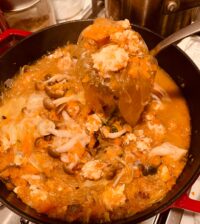- Belgium comes to Yamashita Park
- Residential Villa in Phuket Entices Remote Workers With Long-Stay Rates
- Rare pieces of French glass art at the Mirai Museum of Art
- Feast on fresh fish and seafood at the 2024 ‘Sakana’ Festival
- Would you like to ride in a Louis Vuitton gondola lift?
- Naked Snow Aquarium
- Festive lights at Yomiuriland will get you feeling the holiday vibes
Snack Spotting: After-school snacks from all over the world
The way to a man’s heart is through his stomach. That age-old saying rings true because food is love. Parents who cook after-school snacks are actually saying “I love you” to their children in an indirect but profound way. Is it not the one reason people look back to their childhood with fond memories of home-cooked food?
Lost for ideas? You don’t have to be a Martha Stewart or Jamie Oliver to whip up something kids will eat. Draw inspiration from what school children from all over the world snack on.
Australia
Australians traditionally break for tea and biscuits at midday. By around 4pm, school children are served snacks. One of the most popular afternoon bites are Chocolate Crackles made of crispy rice cereal. It’s also one of the most simple snacks to prepare.
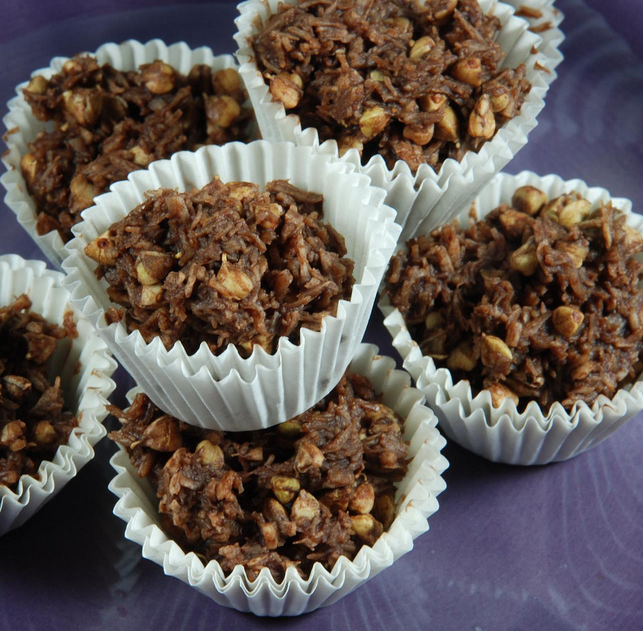
Here’s how it’s done.
Arab countries
Ice cream in Arab countries is a popular cold treat. Compared to the traditional ice cream, the texture and consistency of Arabic ice cream is similar to Italian gelato but with a lot of fruits and nuts. Although the basic ingredients and preparation method are the same as in most Arab countries, customary tradition plays a part. The Lebanese and Syrian ice creams for example are always pistachio-nut heavy. The traditional ice cream of Lebanon known as Amar Al Deen not only comes with roasted pistachio nuts but also fresh fruits and dried apricots. 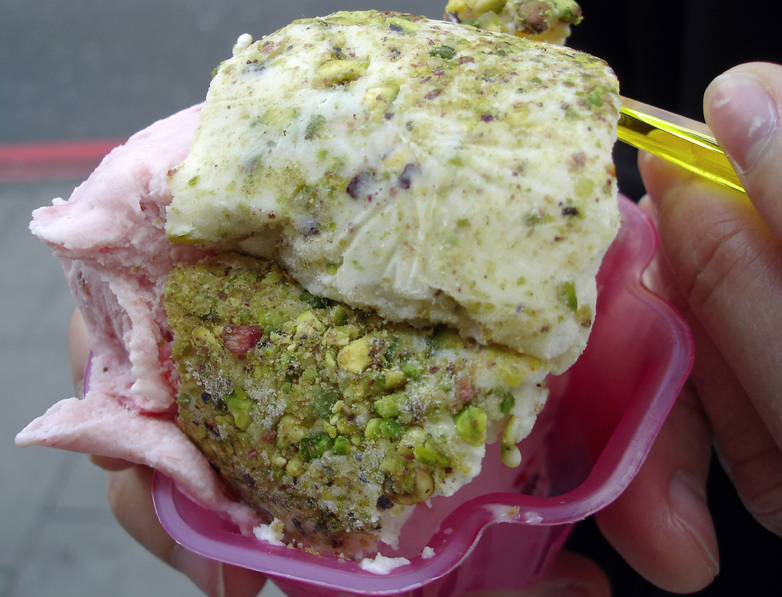
Here’s how it’s done.
Brazil
A favorite snack among children in Brazil is pastel, a small thin-crust pie with many kinds of fillings from cheese, meat to vegetables. Like most Latin countries, they take mid-afternoon cafe and pastries or cookies.

Watch how it’s done.
China
A popular snack for the Chinese is dim sum (touch of heart), bite size dumplings eaten in-between meals usually filled with shrimps or meat. The Chinese have mid morning, afternoon and night snacks.
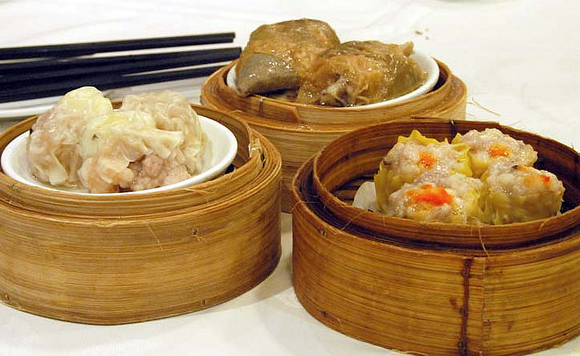
France
Snacking is a cultural ritual in France and parents have found a good way to train kids to eat real food instead of store-bought snacks – make it irresistible. The French don’t eat dinner until around 7pm. By around 4pm, kids take time off for a not-to-be-missed “gouter” (treats). An unspoken rule for many French households is not to feed kids fast food. So if your child is invited by a French family to play at chez eux, know that the “gouter” will surely be straight from the host’s kitchen. Snacks range from homebaked cakes (gateau), cookies (galette) to crepes.

To make a simple fruit crepe, watch this
Ghana
The Ghanians prefer their food au naturel. As sugar and peanuts grow abundantly in the country, it is no coincidence that Ghana’s traditional home snack is Groundnut Toffee (peanut brittle).
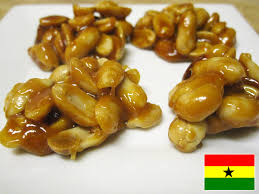
India
Kids in India are often served tea and snacks at around 5pm. The type of snacks differ for each family although seven in 10 Indian homes my kid had been invited to served Sheera. It is a sweet pudding made of semolina (halwa), packed with omega-3 fatty acids, protein and brain-boosting almonds.
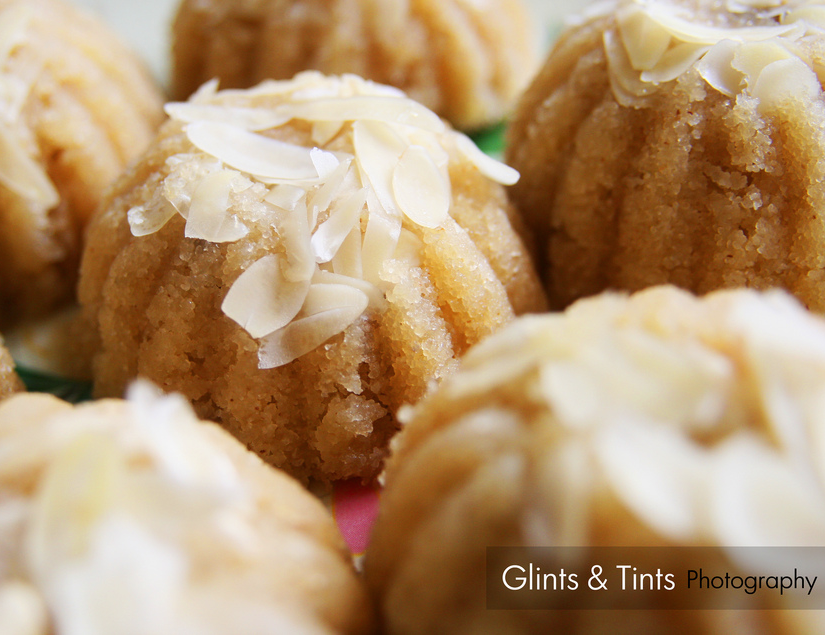
Watch how it’s done
Italy
The Italians have two traditional snack times: midmorning (spuntini) and mid-afternoon (merende). Bread with toppings are often eaten on these occasions, the most popular snack being bruschetta, crusty bread slices topped with various vegetables, herbs, cheese, anchovies and ham. It’s arguably one of the least time-consuming light snacks for children.
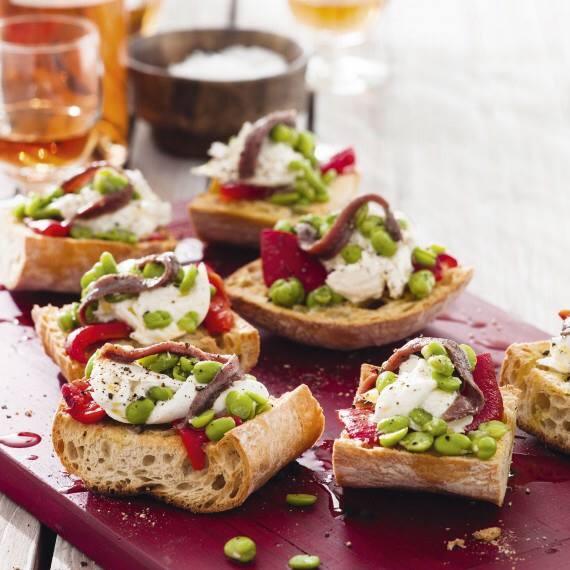
Philippines
Turón, (a Spanish word for spring rolls) is a traditional sweet street food and afterschool snack in the Philippines. It’s prepared just like Japan’s harumaki but with plaintain banana and a slice of jackfruit as stuffing. It also goes by other names: Banana fritters, Banana Lumpia or Banana Spring rolls.
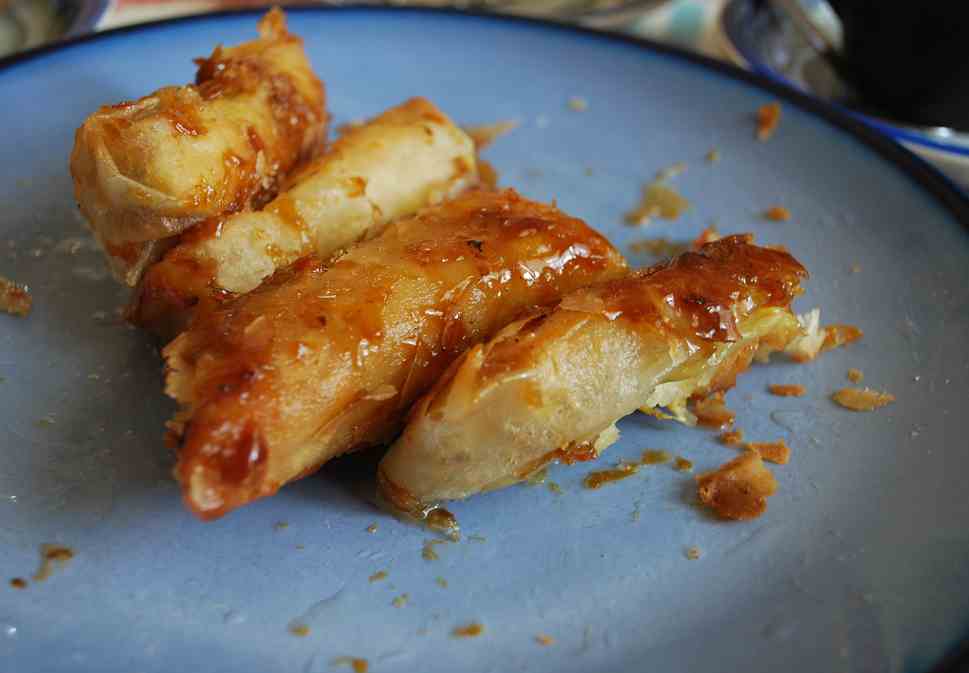
See how it’s done.
Russia
Russia’s version of French crepe is called Blini made with buckwheat flour.
It’s usually folded into 2 and sprinkled with confectioner’s sugar or topped with marmalades.

Singapore
A popular dessert for noodle-eating Southeast Asians in Malaysia, Singapore, Vietnam, Thailand, Burma, including Indonesia. Cendol which means green jelly (made of palm) is a cold dessert eaten all-year round consisting of shaved ice, durian, condensed milk, glutinous rice and beans.
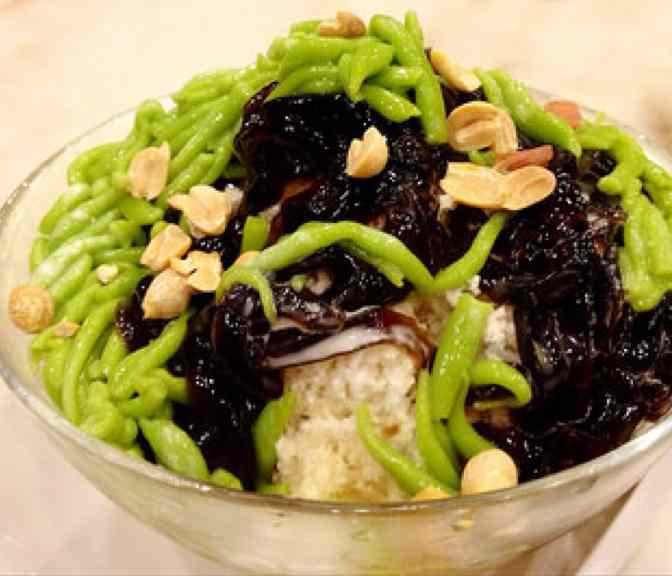
Watch how it’s done
Spain
Churros con chocolate (Spanish churros and creamy chocolate dip) is believed to have been introduced to Spain by Portuguese sailors. Churros is a famous snack in Spain but also commonly seen in Philippine and Latin American kitchens. Children love the pretzel-shaped snack dipped in chocolate. Authentic churros from Spain are crispy and salty sweet jazzed up by a dash of cinnamon powder for added perk. Piped from a star-shaped nozzle called “churrera”, the dough is rigged and deep fried in vegetable oil. Churros are customarily served hot and eaten right away.
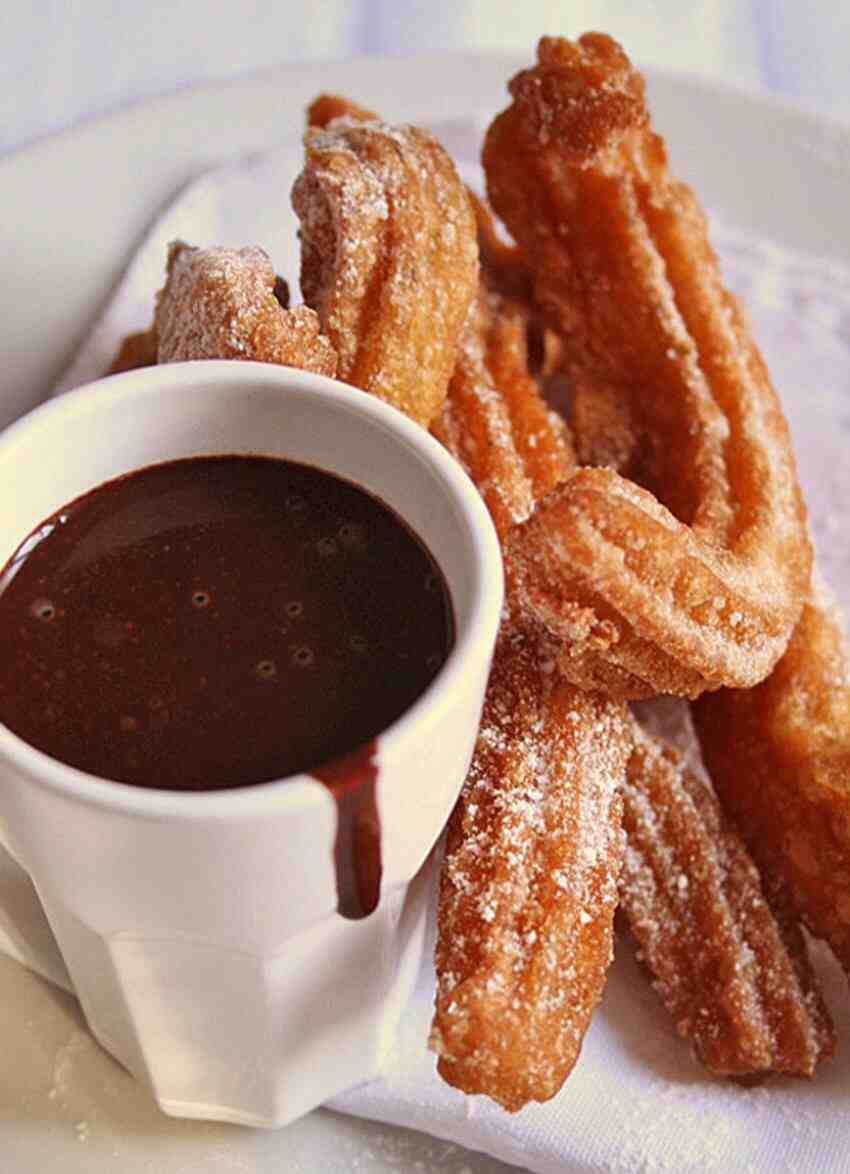
Watch how it’s done.
Thailand
The Thais have a love for sweet snacks. Here’s a traditional Thai custard called Sangkaya, made from coconut milk, eggs, sugar and winter squash. 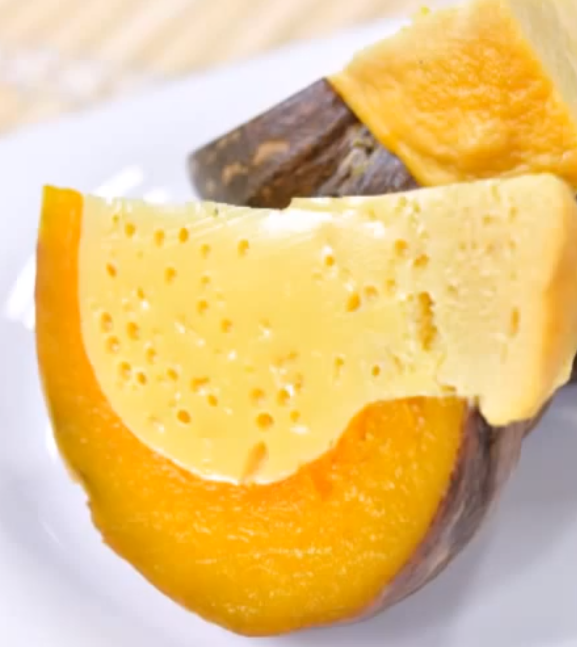
Watch how it’s done
Vietnam
Bahn Flan is a Vietnamese traditional dessert loved by children. It takes its inspiration from European creme caramel.
Watch how it’s done.




